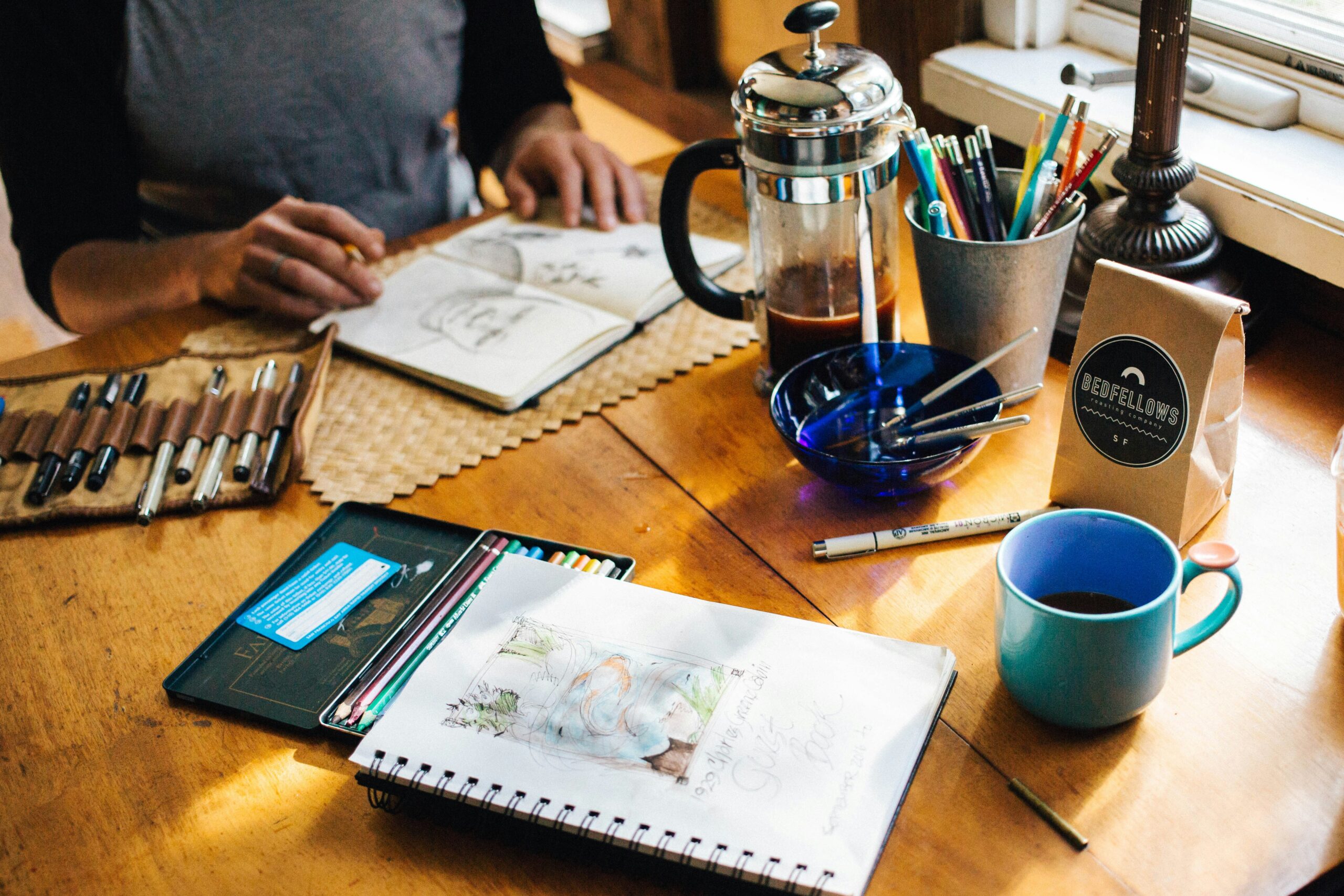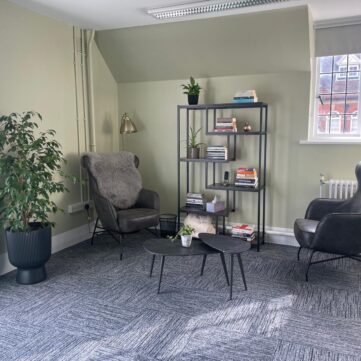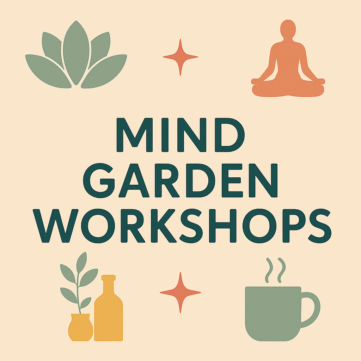
As a therapist, I have seen the profound impact creativity can have on mental health. Engaging in creative activities—whether through art, music, movement, or journaling—offers a way to process emotions, reduce stress, and build self-awareness. These activities are not only valuable in therapy but can also be used at home to support overall well-being.
A 2021 study of undergraduate students and working adults, published in the International Journal of Environmental Research and Public Health, showed a positive relationship between creativity and subjective well-being. The Journal of Positive Psychology supports these findings, stating that “spending time on creative goals during the day is associated with higher activated positive affect.”
Creativity and Mental Health
Mental health struggles often involve overwhelming emotions and negative thought patterns. Creative activities provide a way to externalise these struggles, transforming them into something tangible. Research shows that creativity lowers stress hormones, increases dopamine (the “feel-good” neurotransmitter), and activates different areas of the brain, improving emotional resilience.
Many therapeutic approaches integrate creative expression to help individuals process emotions and develop coping skills. Here are a few examples:
Art and Crafts in Therapy
Art therapy helps individuals express feelings that may be difficult to verbalise. Through painting, drawing or crafts, clients can externalise emotions, gain insight, and find a sense of control. Even outside of therapy, engaging in activities like colouring, crochet or crafting can be a calming and mindful practice.
Music and Movement in Therapy
Music therapy involves listening to or creating music to enhance emotional expression, reduce stress, and improve mood. Playing an instrument, singing, or simply listening to music can calm the nervous system and relieve anxiety or depression.
Movement-based therapies, such as dance or mindful movement exercises, help individuals reconnect with their bodies and release stored tension. These approaches are especially beneficial for trauma survivors, as they promote body awareness and emotional regulation.
Journaling in Therapy
Expressive writing is an effective tool for processing thoughts and emotions. Therapists often encourage techniques such as gratitude journaling, stream-of-consciousness writing, or letter-writing exercises to promote self-awareness and emotional clarity.
Incorporating Creativity at Home
Beyond therapy, creativity can be a powerful tool for self-care. Why not try some of these ideas at home:
Set up a creative space with coloured pencils, paints, or clay. Focus on the process rather than the outcome.
- Try adult colouring books, which promote mindfulness and stress relief.
- Create playlists for different moods—uplifting music for motivation, calming sounds for relaxation.
- Practice movement activities such as dance, gentle stretching or yoga to release emotions and reconnect with your body.
- Cultivate a habit of daily journaling for reflection to process emotions.
- Keep a gratitude journal to shift your mindset toward positivity.
- Use free writing to explore emotions and reduce mental clutter.
- Write letters to your future self to track personal growth and set intentions.
Conclusion
Creativity is a powerful tool for mental health, offering both therapeutic benefits and simple ways to support well-being at home. Whether through art, music, or journaling, creative expression fosters emotional release, self-discovery, and resilience. You don’t have to be an artist or musician—simply engaging in the process can be deeply healing.
Mind Garden has a number of therapists who use creativity in their therapy work. For more information or to make an appointment please send us an enquiry.
Citations:
https://pmc.ncbi.nlm.nih.gov/articles/PMC8305859/#sec10-ijerph-18-07244




